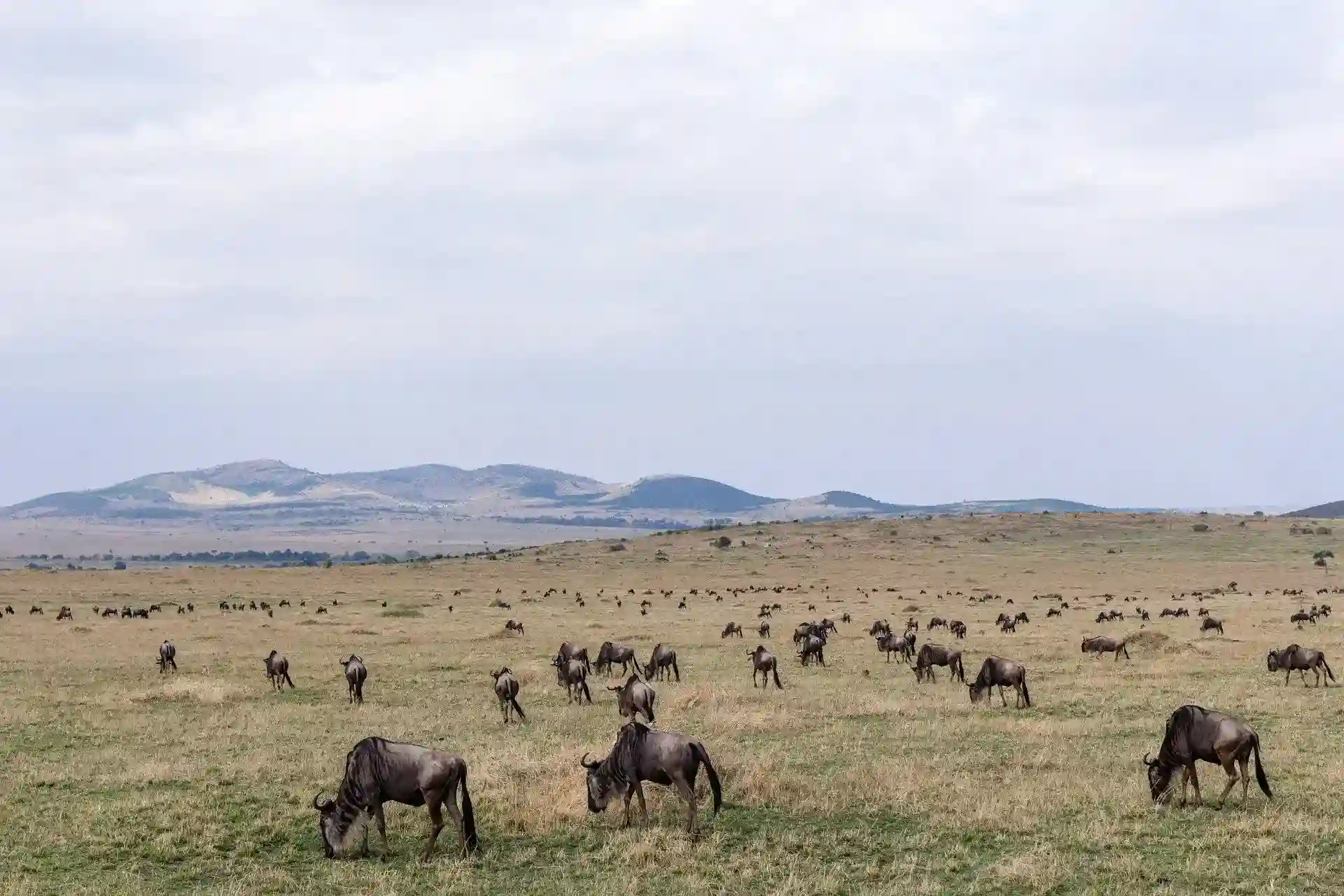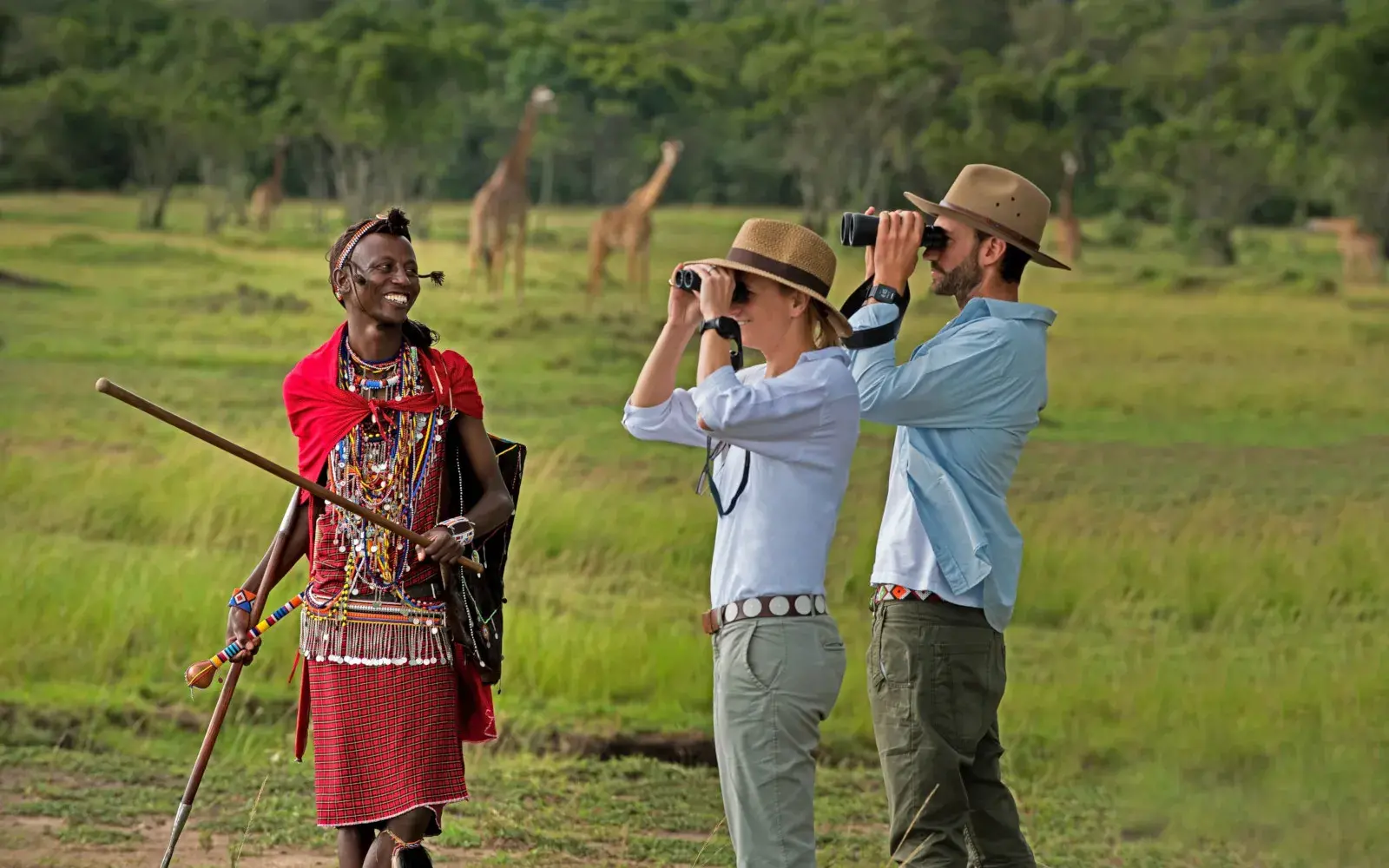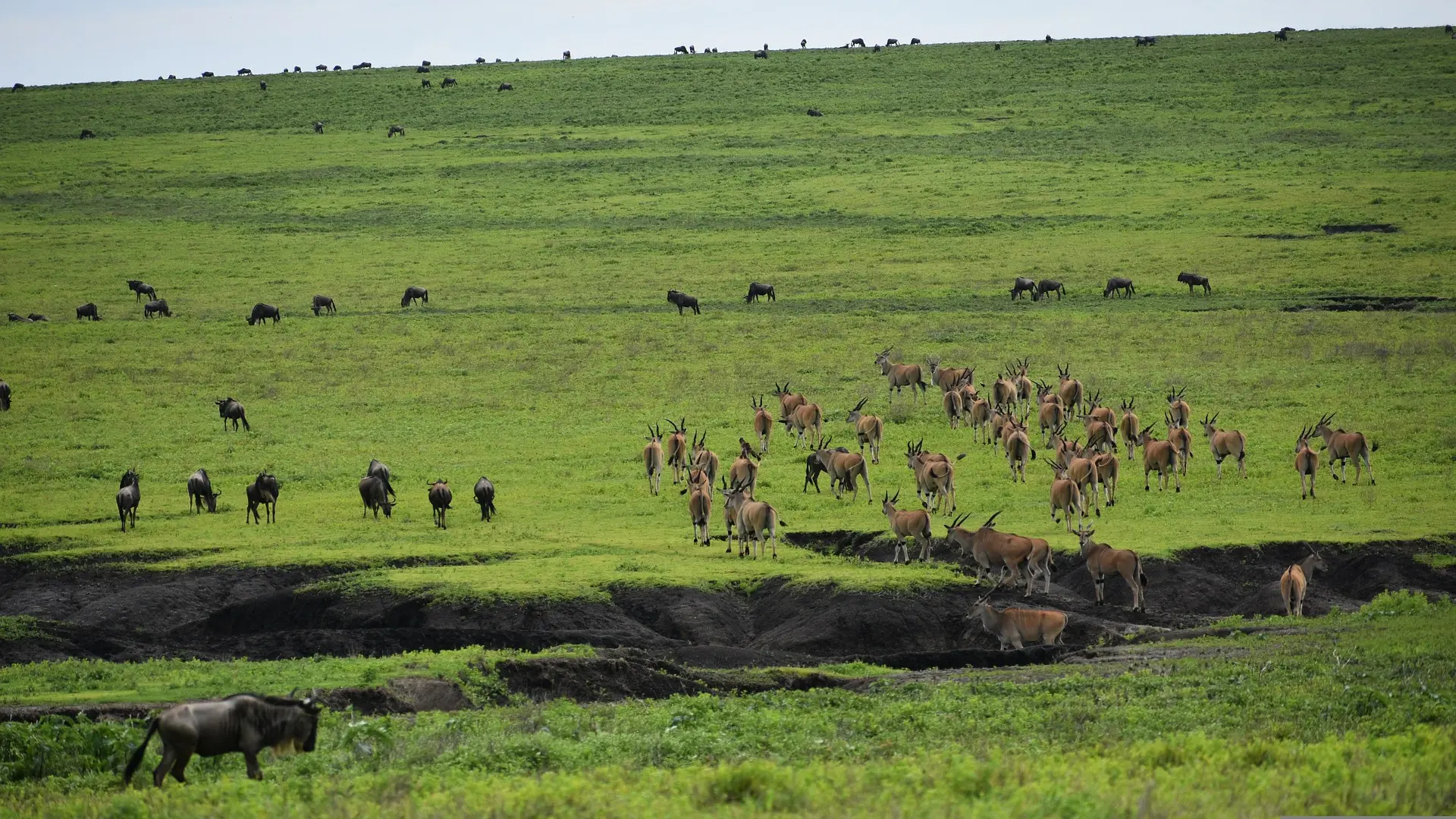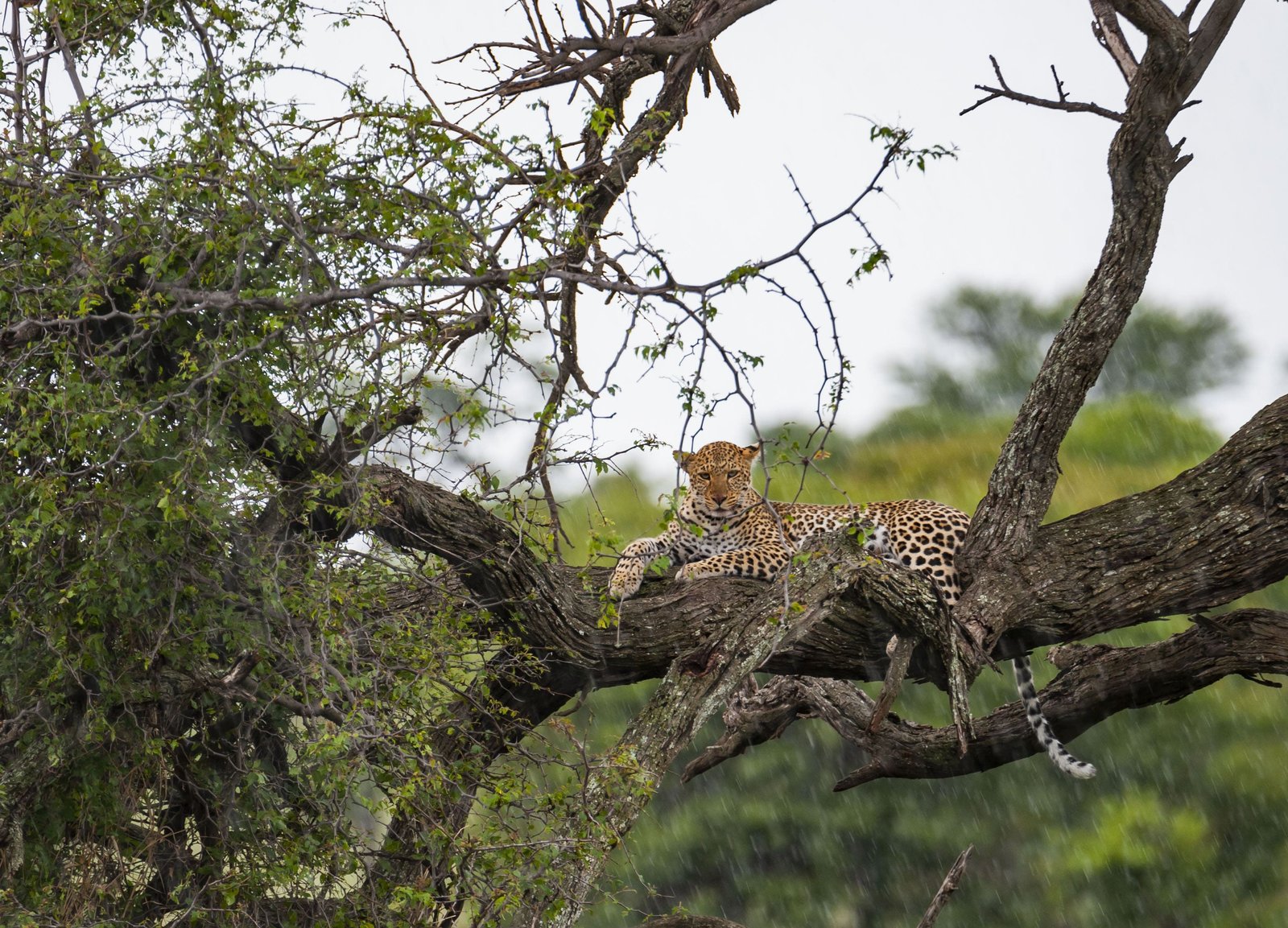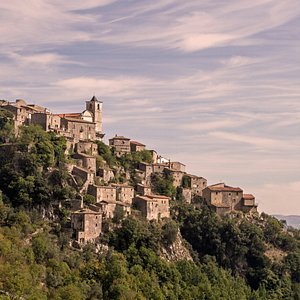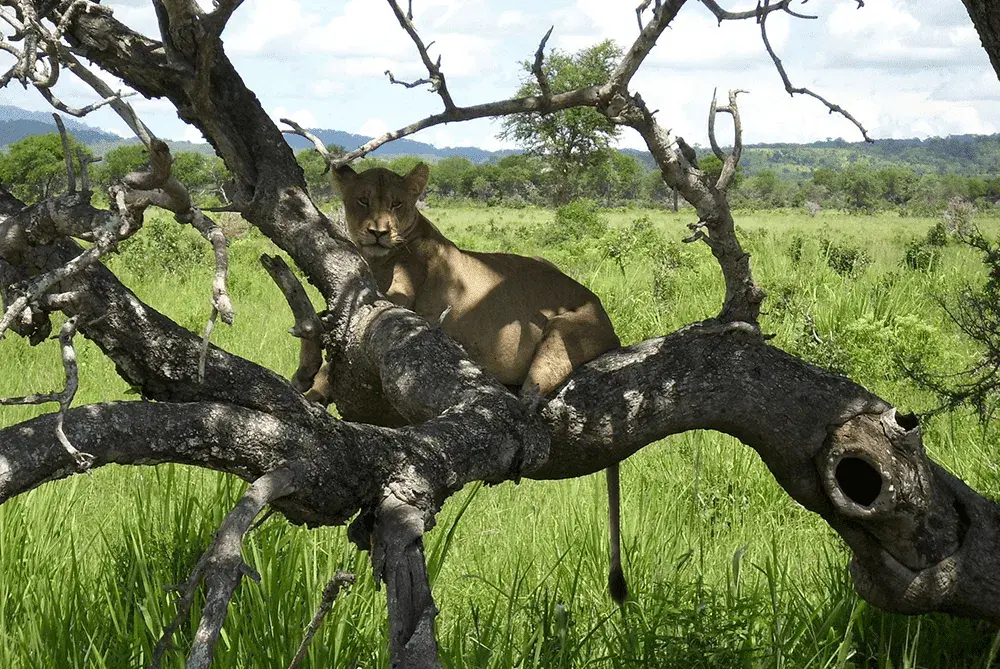
Mikumi National Park: A Convenient Wildlife Spectacle in Southern Tanzania
Located just a few hours' drive from Tanzania's bustling commercial hub, Dar es Salaam, Mikumi National Park offers a surprisingly accessible and rewarding safari experience. This relatively compact yet wildlife-rich park serves as a fantastic introduction to Tanzania's natural wonders, showcasing impressive populations of iconic African animals against a backdrop of diverse landscapes.
Introduction
Mikumi National Park forms the northernmost part of a vast wildlife corridor that stretches all the way to the Selous Game Reserve (now Nyerere National Park) in the south. Its proximity to a major city makes it a popular choice for weekend getaways and short safaris, yet it retains a genuine wilderness feel. The park's diverse habitats, including the open Mkata Floodplain, miombo woodlands, and rolling hills, support a wide array of fauna and flora, making it a compelling destination for wildlife enthusiasts.
Location
Mikumi National Park is situated in southern Tanzania, near the town of Mikumi in the Morogoro Region. Its northern boundary is approximately 280 kilometers (175 miles) west of Dar es Salaam, making it easily reachable by road.
Getting There
- By Road: The most common way to access Mikumi is by road from Dar es Salaam. The journey typically takes around 4-5 hours on well-maintained roads. Buses and private transfers are readily available.
- By Air: There is an airstrip within Mikumi National Park (Mikumi Airstrip - MIY), which can accommodate light aircraft. Charter flights from Dar es Salaam or other safari destinations are an option for those seeking a quicker transfer.
Best Time to Visit
The dry season (June to October) is generally considered the best time for wildlife viewing in Mikumi. During this period, the vegetation is less dense, and animals congregate around water sources, making them easier to spot.
- Dry Season (June - October): Pleasant temperatures, reduced vegetation, and concentrated wildlife around waterholes and the Mkata Floodplain.
- Wet Season (November - May): Lush green landscapes, excellent for birdwatching. Some roads within the park may become challenging to navigate during heavy rains.
Attractions
- The Mkata Floodplain: This vast, open grassland is the heart of Mikumi and a prime area for spotting large herds of herbivores.
- Large Elephant Herds: Mikumi is known for its healthy elephant population, often seen grazing on the floodplain or near water sources.
- Lion Sightings: Lions are commonly sighted in Mikumi, often resting in the shade during the day or hunting on the open plains.
- Wild Dog Encounters: Mikumi is home to the endangered African wild dog, and sightings, though not guaranteed, are possible.
- Giraffe Herds: Elegant giraffes are a common sight, browsing on the acacia trees.
- Zebra and Wildebeest: Large herds of zebra and wildebeest roam the Mkata Floodplain, often interacting with other herbivores.
- Hippo Pools: Several hippo pools within the park offer excellent opportunities to observe these semi-aquatic mammals.
- Diverse Birdlife: Mikumi boasts a rich avian population, with a mix of resident and migratory species, particularly around the wetlands.
- Miombo Woodlands: The park's surrounding miombo woodlands offer a different habitat and support a variety of other wildlife.
- Udzungwa Mountains Views: On a clear day, the scenic Udzungwa Mountains can be seen in the distance, providing a stunning backdrop.
What Makes It Famous
- Accessibility from Dar es Salaam: Its close proximity to a major city makes it a popular and convenient safari destination.
- Large Concentrations of Plains Game: The Mkata Floodplain supports impressive numbers of herbivores, making for excellent wildlife viewing.
- "Dwarf" Giraffes: Mikumi is known for its unique population of giraffes that are noticeably shorter than their counterparts in other parks.
- Healthy Predator Populations: Lions and wild dogs are regularly sighted, adding to the excitement of game drives.
- Variety of Habitats: The mix of floodplain, woodlands, and hills supports a diverse range of wildlife.


